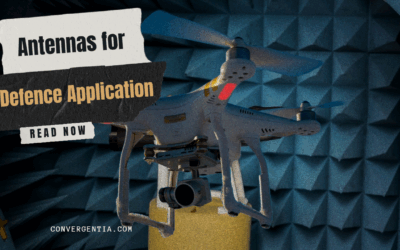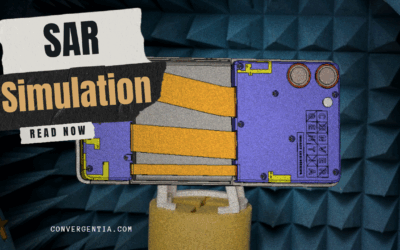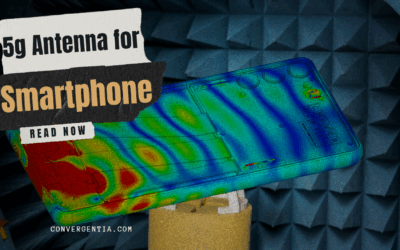Regulation (EU) 2023/1542 Effects on Antenna Design
At first thought, batteries and antennas might seem like a two separate worlds. One is about energy density and the other about electromagnetic waves. But in real-world, in real devices, those are truly connected. Antenna performance depends heavily on its physical and electrical surroundings. For example chassis geometry, material permittivity, ground plane integrity and the presence of noise sources. Any regulatory change that affects battery placement, size, accessibility or material composition will inevitably changes those conditions
In July 2023, the Council of the European Union adopted Regulation (EU) 2023/1542 on batteries and waste batteries. This marks one of the most significant shifts in device design requirements in over a decade. While the regulation’s headlines focus on sustainability, recyclability and responsible sourcing, its influence goes far beyond batteries. F.e for engineers and decision-makers in the mobile and IoT sectors, the implications will reach deep into product architecture, including antenna systems and antenna design.
By 2027, compliance will no longer be optional. The EU’s requirements for replaceable batteries, digital battery passports and recycled material content will be binding. And those can have direct effect in antenna performance, antenna integration and antenna design as a whole.
Take the requirement for replaceable batteries. To enable serviceability, housings may require new openings. Those mechanical changes alone can alter RF shielding, disrupt ground continuity and shift material permittivity, each capable of detuning an antenna. Similarly, recycled enclosures may introduce subtle dielectric changes that degrade efficiency or warp near-field behavior. Add space restraints from labels, QR codes, and passport chips and antenna engineers face millimeters of negotiation space where performance is won or lost.
How Regulation Shapes Antenna Performance
Over the coming years, as the regulation’s timelines approach, Convergentia expects that there will be effects on antenna design.
Mechanical design priorities will shift. Making batteries replaceable means internal layouts must accommodate easy access. For antennas, this could mean compromised ground continuity or altered clearance zones, areas carefully optimized in today’s designs for optimal radiation patterns.
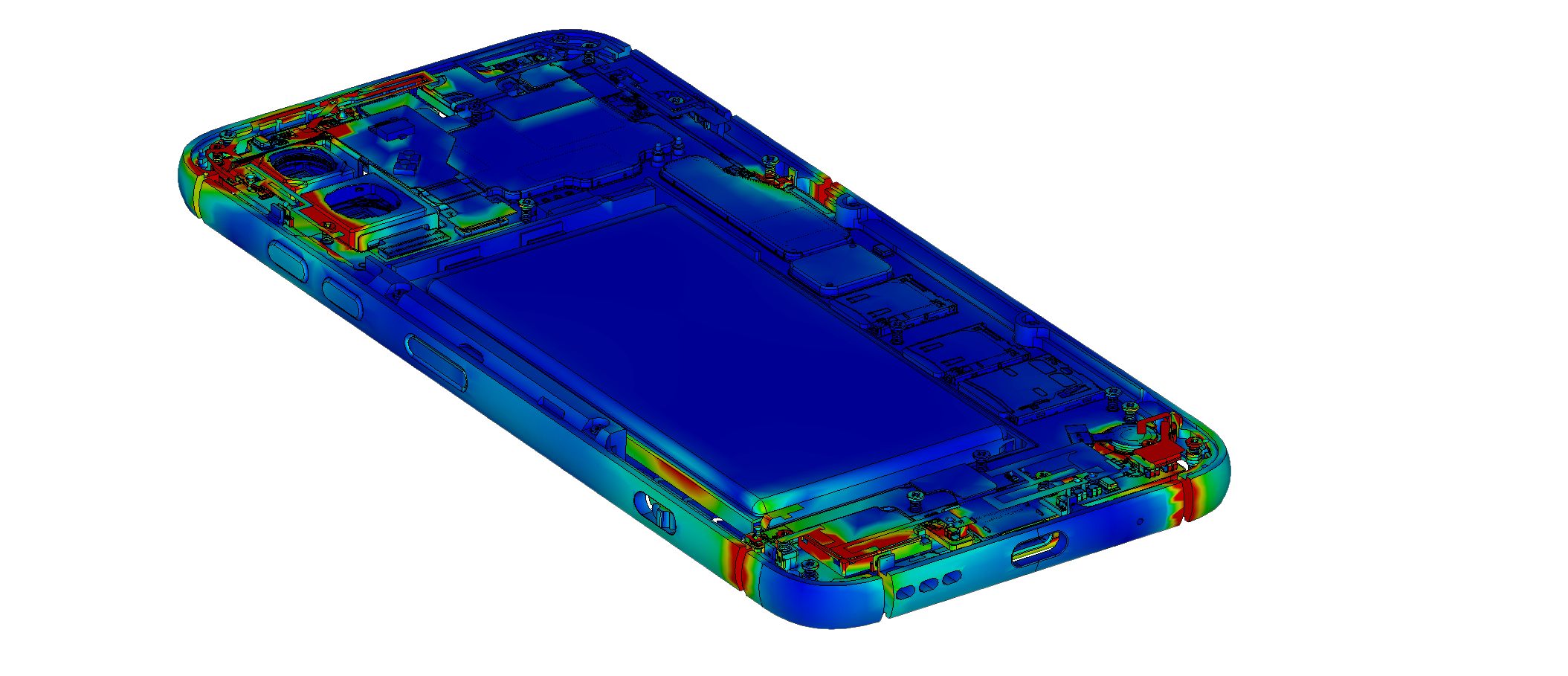
Material properties will change. Enclosures and battery modules will increasingly use recycled and responsibly sourced materials, which may behave differently in RF terms compared to today’s materials. Even subtle shifts in materials relative permittivity can degrade the signal, demanding early adaptation in the design process.
Serviceability will become a performance factor. Antenna systems will need to withstand repeated access events f.e battery swaps, inspections, or repairs, without detuning or suffering mechanical fatigue. Designs will have to be robust not only in initial performance but across the full product lifecycle.
Integration space will be tighter. Compliance labeling, passport chips, or QR codes may reduce available PCB or enclosure space for antenna placement, forcing antenna engineers to get more creative with integration. Antennas need space to function well. But even in today’s smartphone designs, the multiradios that are packed in side, leave almost none. Antenna engineers are often left negotiating millimeters.
Proactive Adaptation Will Become Competitive Advantage
By the time these regulations are fully enforced, products that haven’t been designed with the regulations in question in mind will potentially face drastically higher redesign costs, longer validation cycles and potentially delayed market entry. In contrast, companies that begin adapting now will move into the compliance with confidence, offering devices that are both performance-optimized and regulation-ready.
That’s precisely where Convergentia steps in.
Our strength lies in our Virtual Lab. Using 3D simulation tools such as CST Studio Suite, we are able to model how changes in battery placement, grounding and enclosure materials affect real-world RF performance before a single prototype is built.
Our Virtual Lab lets us iterate in real time, backed by accurate post-processing via our in-house tool, UrPo, for OTA estimates. This simulation-driven workflow slashes prototype cycles and eliminates RF surprises, giving engineers confidence in connectivity. Even when enclosure dielectrics shift or user-accessible covers alter the ground plane.
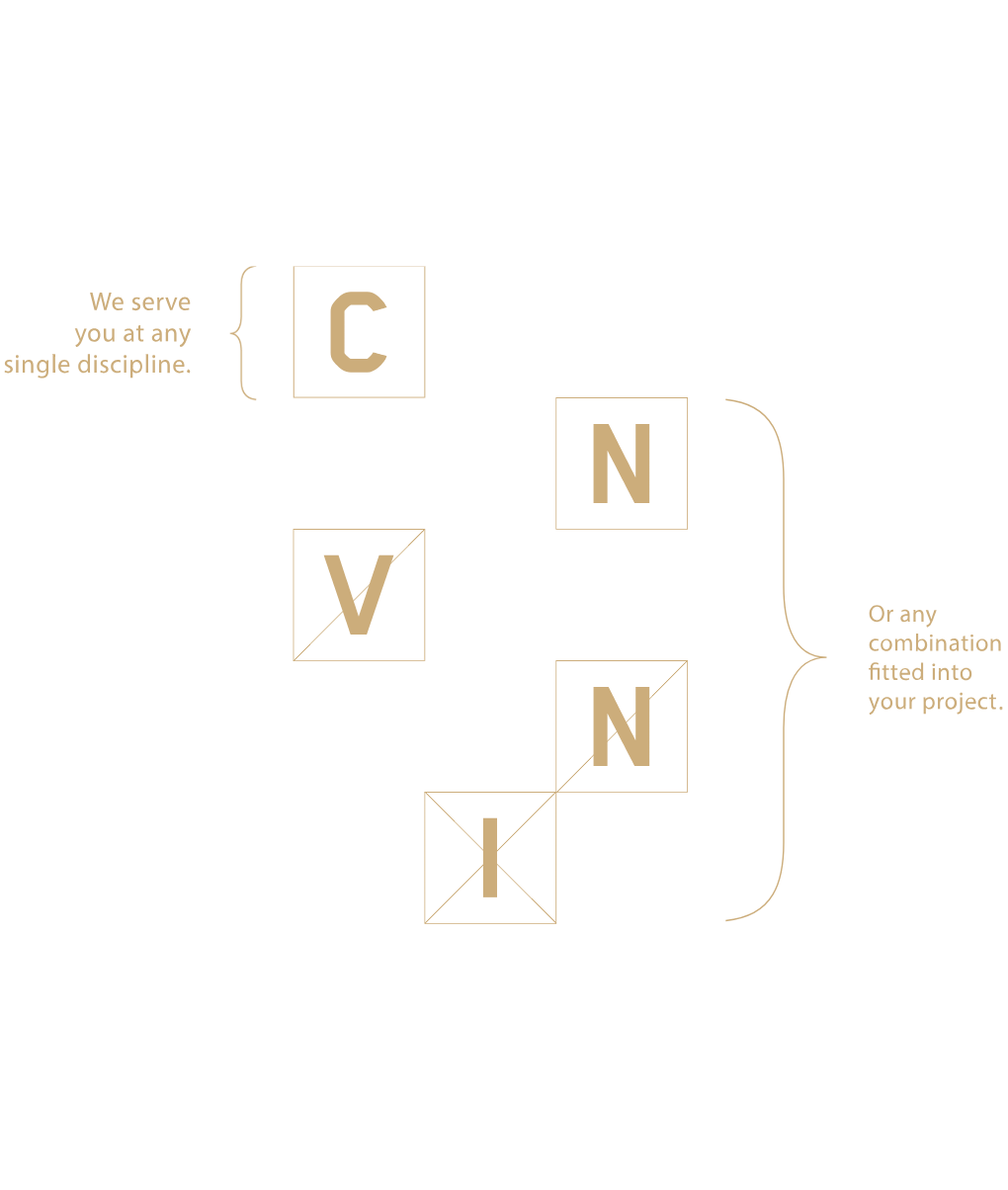
Combining advanced 3D simulation with rapid prototyping to streamline antenna development allows R&D teams quickly visualize and tweak antenna designs. This process enables us to catching potential issues early and speeding up development from weeks to days. Our in-house tool, UrPo, turns complex simulation data into clear, actionable insights, ensuring every design decision is backed by solid evidence.
By identifying problems before fabrication, we cut costly iterations and reduce waste. Usually, only one or two prototypes are needed to confirm the final design, accelerating time to market without sacrificing quality.
Conclusion: Turning Regulation into Readiness
Regulation (EU) 2023/1542 will reshape device design, but it doesn’t need to compromise connectivity. At Convergentia, we are able to continue to delivering antennas that remain efficient, robust and lifecycle-ready even under shifting constraints.
Let’s connect. Bring us your early-stage concepts, or even product idea. We’ll show you how our Virtual Lab can help you validate compliant, high-performance antenna systems before anyone else and get market-ready faster than you thought.
Your connectivity is our mission. Let’s connect!


